 |
 |
|
This email is sent to guests who have dined with us at HIGASHI-YAMA Tokyo and our affiliated restaurants, and also those who have registered from our website. |
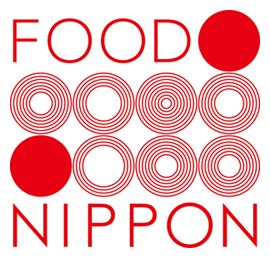
|

Understanding local food is the key to unraveling the mysteries of local culture and the landscape that helped shape it.
FOOD NIPPON is our series of seasonal events focused on “rediscovering Japanese food culture.” Since 2013, we have been gathering stories from around Japan that tell of the richness of this country, delving into various foods and customs by learning from our ancestors’ wisdom and ingenious adaptations that have been passed down through generations.
In our fifth year, we are taking inspiration from Hokuriku – a region that includes Toyama, Ishikawa, and Fukui prefectures. Our travels took us to farms, breweries and studios in the region, and we will introduce carefully chosen ingredients and brewed beverages, as well as tableware born from interactions with the craftsmen and artists we met there.
 |
During the spring edition starting Monday, March 6th, we will delve into the food culture of Toyama Prefecture. Nutrient-rich snowmelt water flows from the Tateyama Alps, about 3,000 meters high, into Toyama Bay. Deep below in a submarine valley, the ocean floor is 1,000 meters down and the rich blue color of the water has earned it the name aigame, Japanese for “indigo dye pot.” It is home to red snow crabs, white shrimp, and firefly squid. Yellowtail and many kinds of migrating fish are also attracted to the bay by its unique geographical features, allowing for abundant seafood catches throughout the year.
A unique fermented food culture that takes advantage of local wisdom and the region’s climate and natural features was cultivated from a desire to preserve the ocean’s delicious bounties. Salted seafood pickled in koji fermented rice or nuka rice bran are popular dishes at celebrations still today. From the 17th century, Toyama flourished as a key port of call for the kitamae-bune cargo ships traveling the thriving trading route on the Japan Sea. Large quantities of kombu harvested in Hokkaido made their way to Toyama and into the local cuisine. The umami-rich seaweed has become an essential element in traditional Toyama dishes, including fish cured in kombu (kobujime), and kombu-wrapped steamed fish cakes (kobu-maki kamaboko), among many others.
In days gone by, the yellowtail fished in Toyama Bay was salted and carried across mountain passes on what became known as “Yellowtail Road.” The salted yellowtail provided a prized source of protein from Ecchu in present-day Toyama Prefecture, to people in more remote mountainous regions of Hida in northern Gifu Prefecture, and Shinshu in present-day Nagano Prefecture.
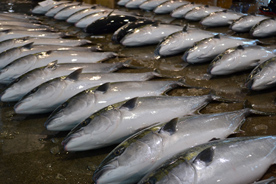 |
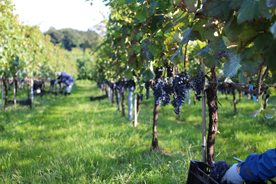 |
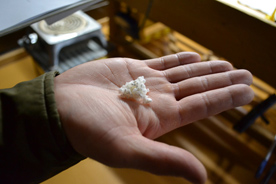 |
 |
Craftsmanship is another defining feature of Toyama. Traditional handicrafts passed down through the generations include Inami Chokoku, the intricate woodcarving of transom panels in traditional Japanese buildings; Takaoka Copperware, famous for producing Buddhist altar items; and Ecchu Seto ceramic wares. We visited Takaaki Tanaka at Tomoru Studio, where he engages in traditional Inami woodcarving, and created wooden dishes especially for FOOD NIPPON. We introduce to you the works of Gaku Shakunaga, who majored in sculpture at Tokyo University of the Arts before starting his own ceramics studio in Iwasemachi. We also share with you the pottery of Yuka Ando, who has made Toyama her home, as well as the creations of glass artist Kohei Kishimoto, and the works of longstanding metal foundry FUTAGAMI, which uses traditional Takaoka Copperware casting techniques to create modern pieces.
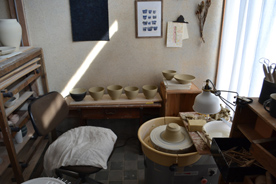 |
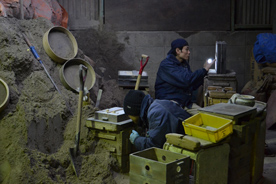 |
We hope you enjoy the Toyama food story, woven together over time through interactions with many different regions from the mountains to the sea.
We are looking forward to your visit.
|
Event Schedule Throughout the FOOD NIPPON 2017 edition, we will be offering special lunch and dinner menus that feature various ingredients and sake varieties from the Hokuriku region, which you can enjoy together with original tableware made especially for FOOD NIPPON.
< Spring > March 6th ~ 18th Special Lunch Course ¥3,500 / Special Dinner Course ¥8,200 (inc. TAX) |
|
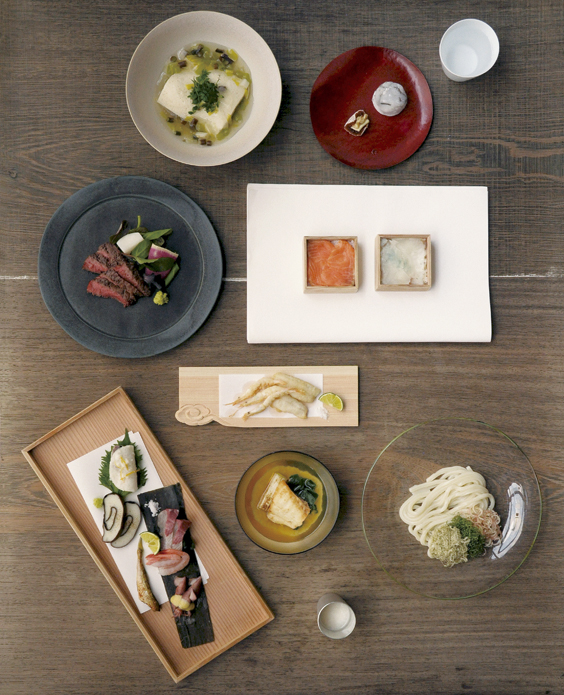
Amazake sweet sake / Taste palette of Toyama / Sea bream miso soup /
Special Dinner Course ¥8,200 (inc. TAX)
* As part of our dinner course, some items will also be available a la carte. |
|
Reservations and inquiries:Tel 03-5720-1300 |
|

The SAYS FARM winery, located in the hills overlooking Toyama Bay and the Tateyama Alps, aspires to produce beautiful wines that showcase the Hokuriku region, using only estate-grown grapes. We will be serving SAYS FARM’s “Chardonnay 2015” and “Merlot 2015,” along with sake brewed using Toyama’s delicious spring water, and Hokuriku’s one and only craft whisky.
Glass ¥1,500 |

 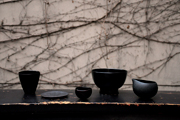 |
We are exhibiting and selling a selection of crafts from the HIGASHIYA GINZA
POLA Ginza Bldg. 2F, 1-7-7 Ginza, Chuo-ku, Tokyo |
  |
Closed days: March – April 2017
○ = Closed
|
|

|


 =FOOD NIPPON
=FOOD NIPPON
